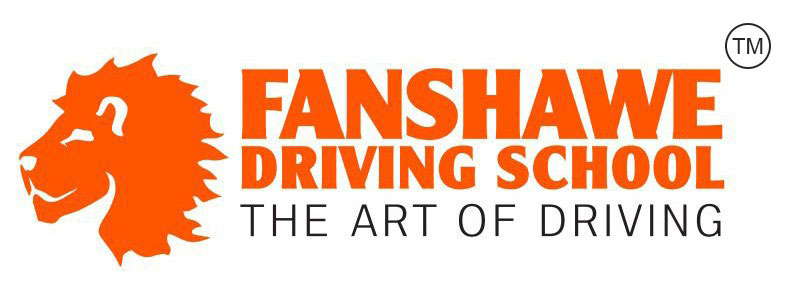Ontario is one of the best places to live in Canada; it can also be one of the coldest. Winters here are inevitable, whether we like it or not. That’s why preparation for winter conditions is absolutely crucial. The thought of winter driving can be daunting, but having a survival safety kit of tips and tricks can keep your worries at bay.
Here are four essential winter driving tips for you to follow this winter to stay safe:
1. Get Your Winter Tires
The rule of thumb in regards to winter tires is to transition to winter tires when the temperature drops below 7°C. Waiting until there is a heavy snowfall, hail or black ice on the road to have your winter tires installed is extremely dangerous. Winter tires are specifically designed to perform better in icy/snowy conditions because of the efficient tradition on the tires. This compromises your safety and the chance of you being able to get your winter tires on time is highly unlikely.
2. Slow Down and Have A Safe Distance Between Vehicles
Driving smoothly while on a snowy or icy road will prepare you for any abrupt stops or if your vehicle slides. Adjusting your speed for lower traction when driving on winter roads is essential to maintain your safety. Always apply the gas slowly to avoid skidding and regain traction. If you’re maintaining a safe, slow speed while driving and distance from the vehicle in front of you at least five to six seconds, you will have no issues taking the time to slow down. This also applies to stoplights, when you reach any traffic signs or signals, abide by them and adjust your speed.
3. Prepare Your Vehicle Prior To The Drive
Keep a winter survival kit in your vehicle during the winter time in case of an emergency. This kit should consist of cold-weather gear including extra food, jacket, gloves and hat, a flashlight, ice/snow scraper, blankets and any additional items you may need. Ensure your vehicle’s tires are properly inflated and scrape off any ice, snow or slush on all windows of your car and the head and tail lights. Try to avoid having your fuel tank less than half at all times.
4. Do Not Use Cruise Control
Using cruise control on the highway during the summer, spring and fall seasons may be convenient, but should be avoided during the wintertime. During winter conditions, cruise control can very easily lose control of your vehicle and cause you to skid or hydroplane.
You don’t have to be petrified of winter driving when Fanshawe Driving School provides you with the tools to be the best winter defensive driver. Our winter driving & skid control course provides drivers with an in-depth training of winter driving and how to avoid collisions and skidding. Our hands-on training program will diminish your winter driving fear and reinforce good driving habits. Book this program online ahead of time to have you driving smoothly when the snow hits!

